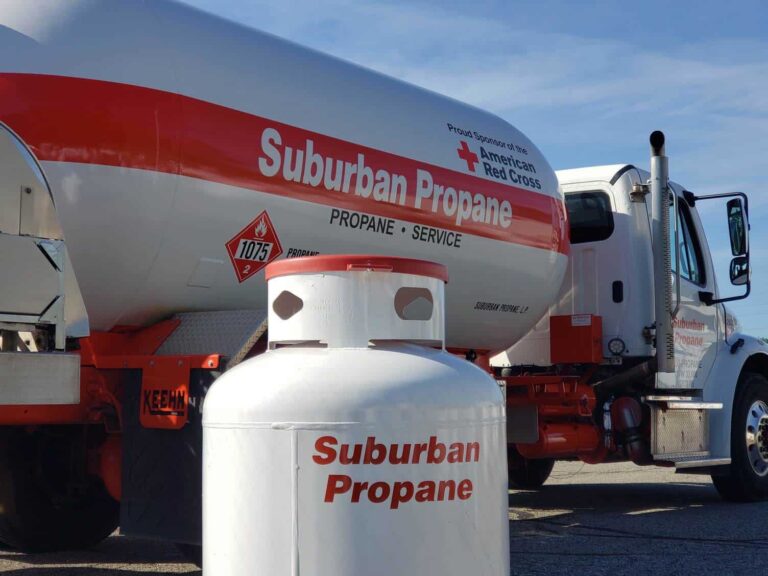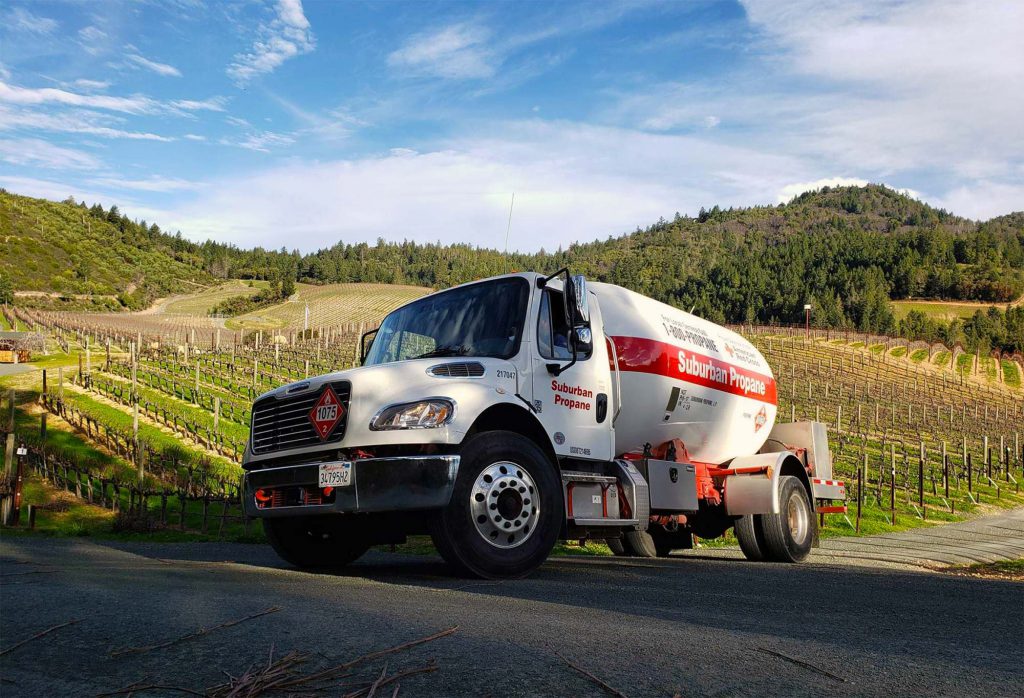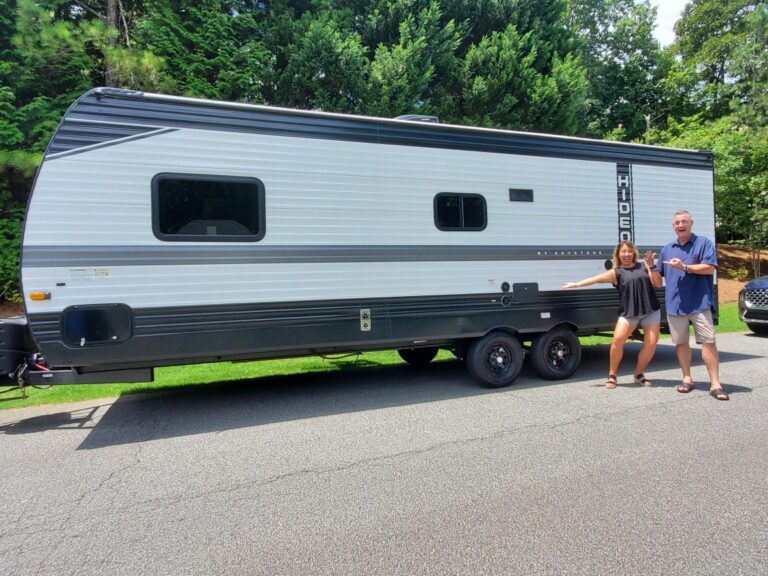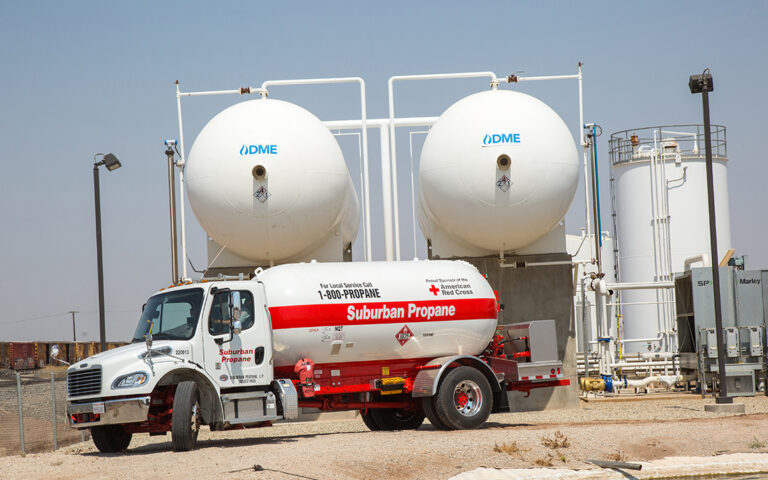Understanding Propane Tank Sizes: A Guide to Common Uses

Propane is a versatile and reliable source of energy used for various purposes, ranging from residential to commercial applications. However, when it comes to selecting the right propane tank, size matters. In this blog post, we will explore different propane tank sizes in environments and their common uses, helping you make informed decisions for your specific needs.
How to Identify What Size Propane Tank Suits Your Needs
Determining the appropriate propane tank size for your requirements can lead to cost savings in fuel expenses. Opting for a tank that is too small necessitates more frequent refills and deliveries, resulting in additional expenses that could have been avoided by choosing a larger tank. However, vital to avoid purchasing a tank that exceeds your property’s capacity or fuel demands. To determine the ideal propane tank size for your situation, several factors should be taken into consideration.
Types of Appliances: We recommend identifying any new or existing appliances powered by propane. Among the most common home appliances includes stoves, ovens, or ranges used for cooking, clothing dryers, or indoor fireplaces. Even outdoor living equipment such as fire pits, grills, and patio heating lamps, can all be run on propane.
Size of Your Home: Propane’s versatility makes it an efficient energy source for home heating using boilers and furnaces, water heating for showers, or even pools and hot tubs. Knowing the square footage of your home is important when it comes to identifying the right tank size as it allows homeowners to specify approximately how much space is required to heat the home or power other amenities comfortably. For homeowners looking for additional assurance of powering their residence, propane generators are an excellent choice as it provides peace of mind while keeping key appliances operating during power outages.
Frequency of Use: Commonly, some appliances are used more regularly than others depending on your lifestyle needs and general energy consumption. Being familiar with which appliances are considered necessities, will factor into the propane tank size that best suits your needs for daily use.
Common Propane Tank Sizes:
120-Gallon Propane Tanks: Designed for more significant residential or light commercial use, 120-pound propane tanks hold approximately 96 gallons of propane. They are commonly used to fuel appliances such as dryers, hot water heaters, and space heaters. These tanks are a popular choice for households located in areas where natural gas is not readily available, providing a reliable energy source.
250-Gallon Propane Tanks: Moving up to larger sizes, 250-gallon propane tanks are commonly used in residential settings for heating homes and powering appliances like water heaters, furnaces, and generators. They are also suitable for small-scale commercial applications, such as restaurants or small businesses. These tanks require professional installation and are usually refilled by propane delivery services.
500-Gallon, 1000-Gallon, and Above: For larger residential and commercial applications, tanks with a capacity of 500 gallons or more are required. These tanks are typically buried underground and provide fuel for extensive heating systems, larger appliances, and commercial operations. They are often used in apartment complexes, hotels, restaurants, and industrial facilities.
Above Ground Propane Tanks
Above ground propane tanks sizes typically range from 100 gallons to as large as 1500 gallons to meet different needs. These tanks are situated on a surface, outside of buildings or homes, and are quick to install. Customers have the option to conceal the tanks with fencing, landscaping or other decorative pieces for aesthetic purposes. Above ground propane tanks offer convenience for refilling and maintenance, making them suitable for residential, commercial, and industrial settings.
Underground Propane Tanks
Underground propane tanks are buried beneath the ground’s surface and available in many sizes ranging from 250 gallons to 1500 gallons. The installation of in-ground propane tanks involves excavation, and may require more time and costs associated with the install. Additionally, these tanks offer aesthetic benefits as they are hidden. Underground tanks may be more suitable for areas that experience colder and extreme weather conditions compared to above-ground tanks, making them suitable for industrial, commercial and residential applications.
Selecting the appropriate propane tank size is crucial to ensure an uninterrupted and efficient fuel supply for your specific needs. Whether you’re planning a weekend camping trip or looking to power your entire home, understanding the common uses associated with different tank sizes will help you make an informed decision. Remember, it is always advisable to consult with propane professionals who can guide you based on your requirements, ensuring the safe and reliable use of propane for your desired applications.
Are you ready to get your home properly set up for the comfort and reliability of propane power? Suburban Propane locations and authorized resale partners are available across the country.
Share this story, choose your platform:
Related Posts
Peace of mind
with dependable
fuel supply, when
you need it

COMMUNITY
700+
Locations providing exceptional service to local communities across 42 states
EXPERIENCE
95+
Years serving our customers and their communities. Customer satisfaction since 1928
CUSTOMER SERVICE
3,300+
Dedicated employees ready to assist you with quality service for all your fuel needs
RELIABILITY
24/7/365
We are here for you with customer service representatives standing by to take your call
Please call us 24/7/365 at 1-800-PROPANE



